|
June is here and the end of the school year in Nova Scotia is rapidly drawing near. In grade 7 math classes, it is time for students to break out their geometry sets and practice geometric constructions. The outcome for this unit (7G01) states, "Students will be expected to perform geometric constructions, including: perpendicular line segments, parallel line segments, perpendicular bisectors and angle bisectors." The intention of this outcome is for students to be able to describe and demonstrate these constructions using a straight edge and compass. In developing the understanding of these constructions, students are exposed to a variety of methods and tools such as paper folding, Mira, and rulers. I've written about geometric constructions in the past, so I won't get into a discussion of the merits of Euclidean constructions. My concern is that this unit could turn into a series of steps to memorize for a short list of basic geometric constructions that lacks coherence and context. If you really need to construct a heptadecagon using only a straight edge and compass, I'd expect you to look up the steps, not have them memorized. Additionally, in my opinion, the exercises in the student textbook are routine and dull. I think that this is a unit that has a lot of potential for student engagement but could easily become tedious. Dan Meyer gave an inspiring ignite talk titled "Teaching the Boring Bits" at the 2013 CMC-North conference. In this talk, Dan encourages teachers to engage students by creating an intellectual need for new knowledge. Teachers should strive to provide students with a reason to want to know new mathematical skills and methods. A grade 7 teacher that I know thought that incorporating Islamic geometric designs into this unit would give a purpose and context for doing geometric constructions. Another factor in selecting this context was that she has a number students who are recent immigrants from the Middle East in her class. We brainstormed some ideas and developed several activities to infuse into this unit that might help give this outcome some coherence and allow students to be creative and artistic. The teacher started by using a template and pattern from Eric Broug's School of Islamic Geometric Design. Students used the template and followed the instructions to create and colour their designs which were then tessellated in a grid to make a group composition on the bulletin board. Later in the unit, students were challenged to construct eight-pointed stars using geometric constructions without a template (although a template could be used for students that needed additional supports). Creating this design using a straight edge and compass required students to perform the majority of the constructions required by this outcome. Students also had the opportunity to use their creativity to personalize their design and make it unique. A number of students were very interested in creating designs of increasing complexity. They were able to pursue this to apply their geometric skills to create some very impressive designs. Have you used any creative or artistic activities to teach students geometric constructions? If so, I'd appreciate hearing about it!
EL
Comments are closed.
|
Categories
All
|
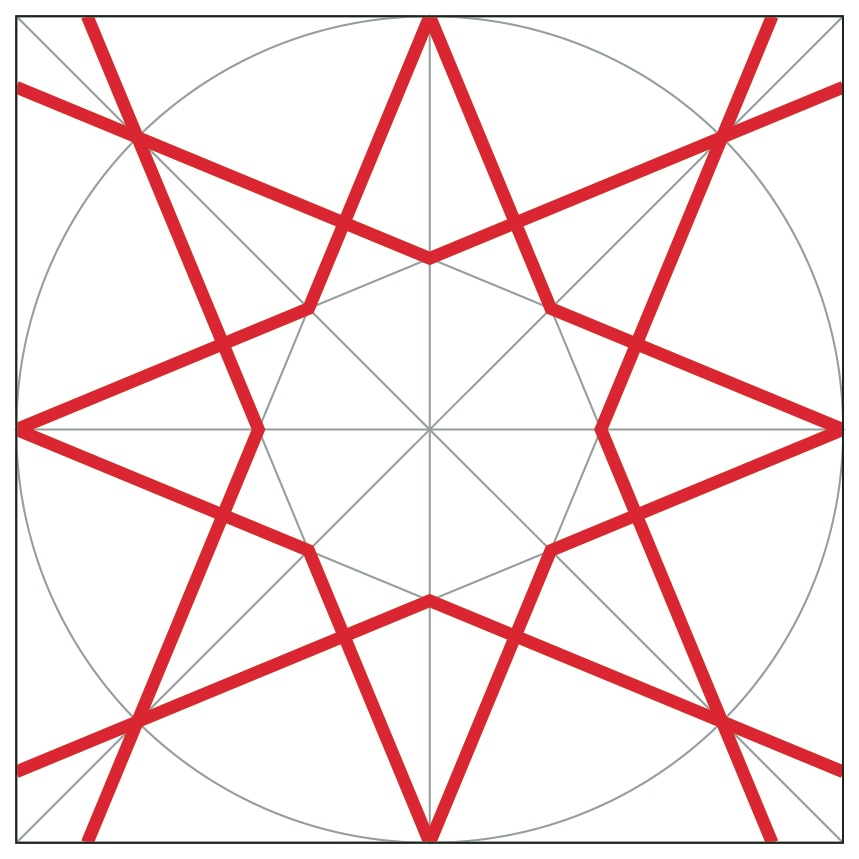
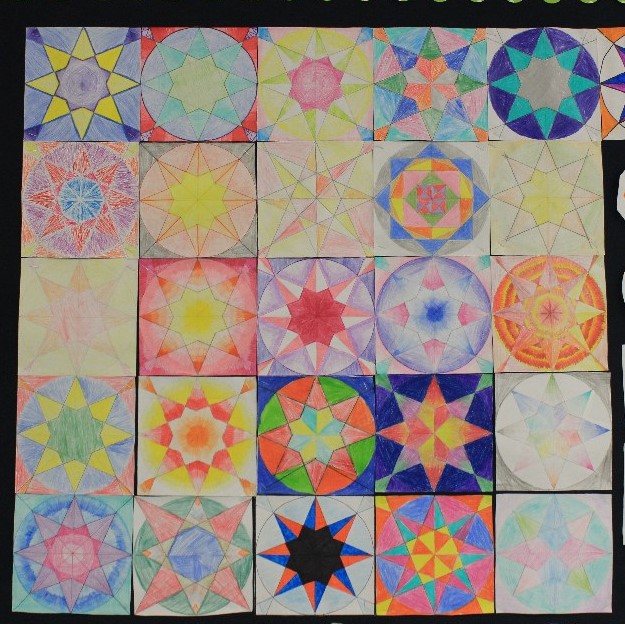
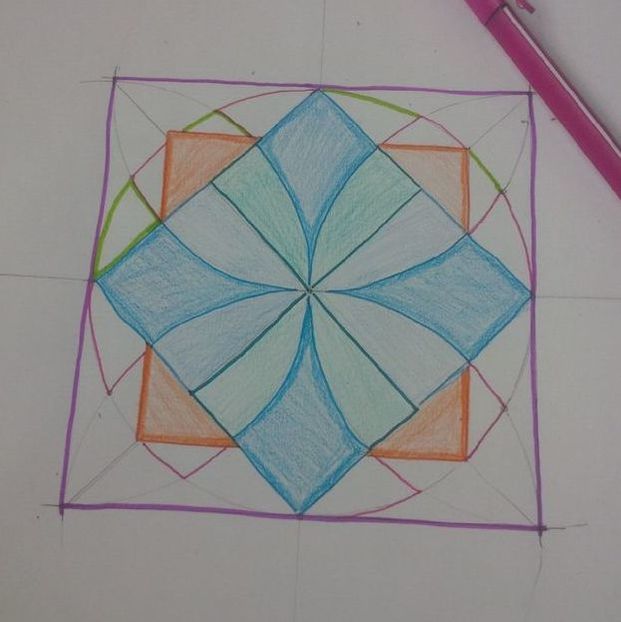
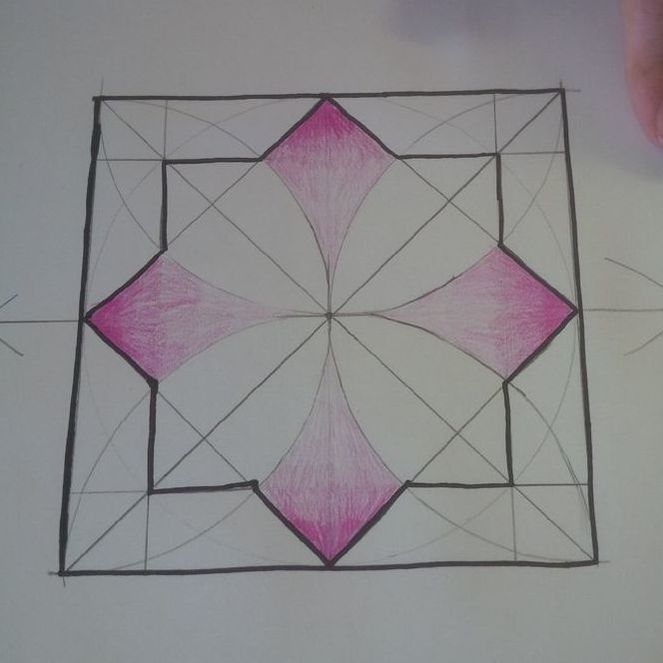
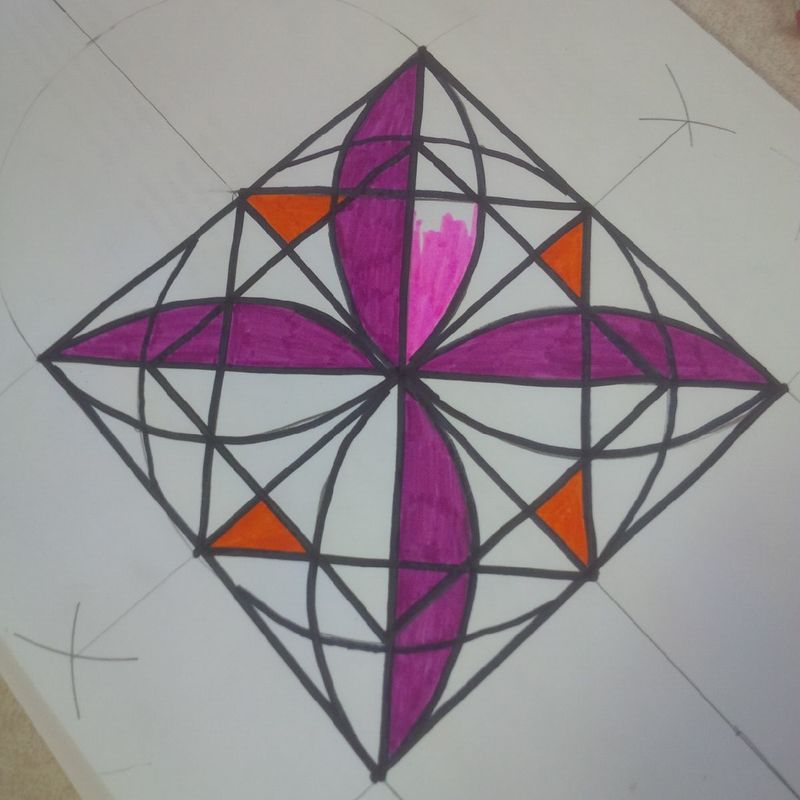
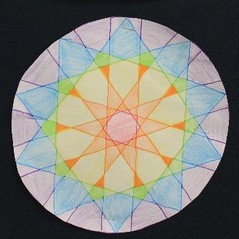
 RSS Feed
RSS Feed